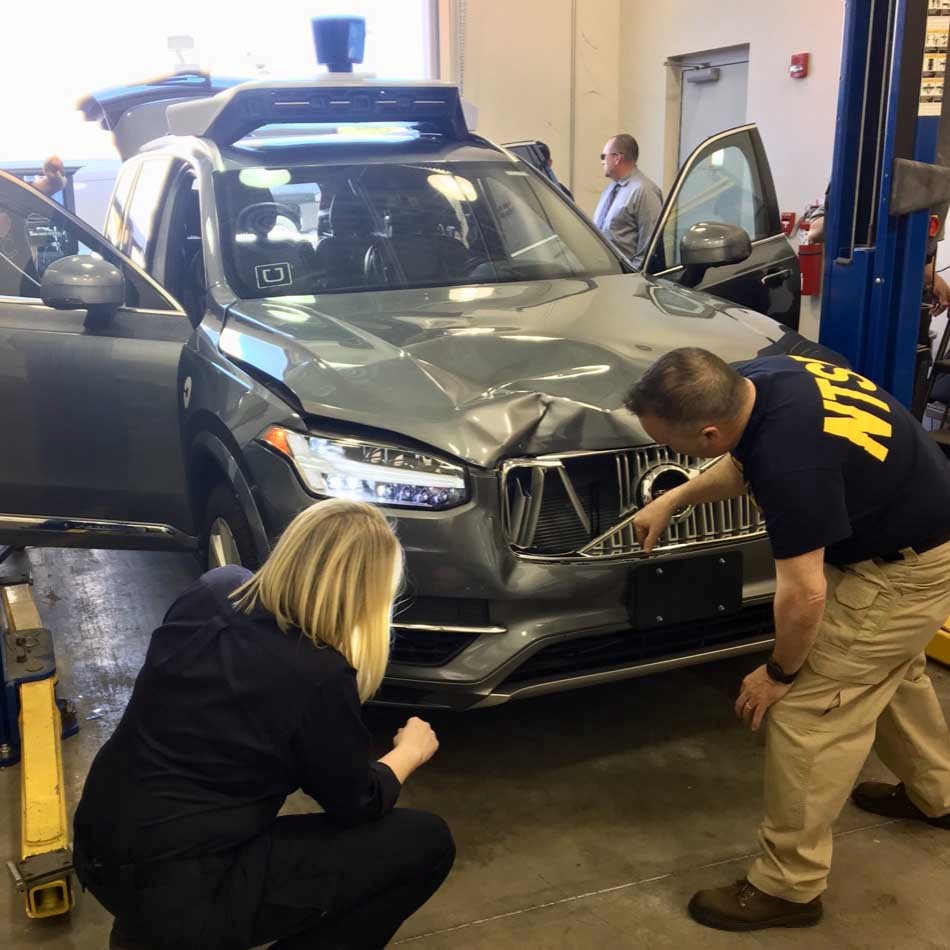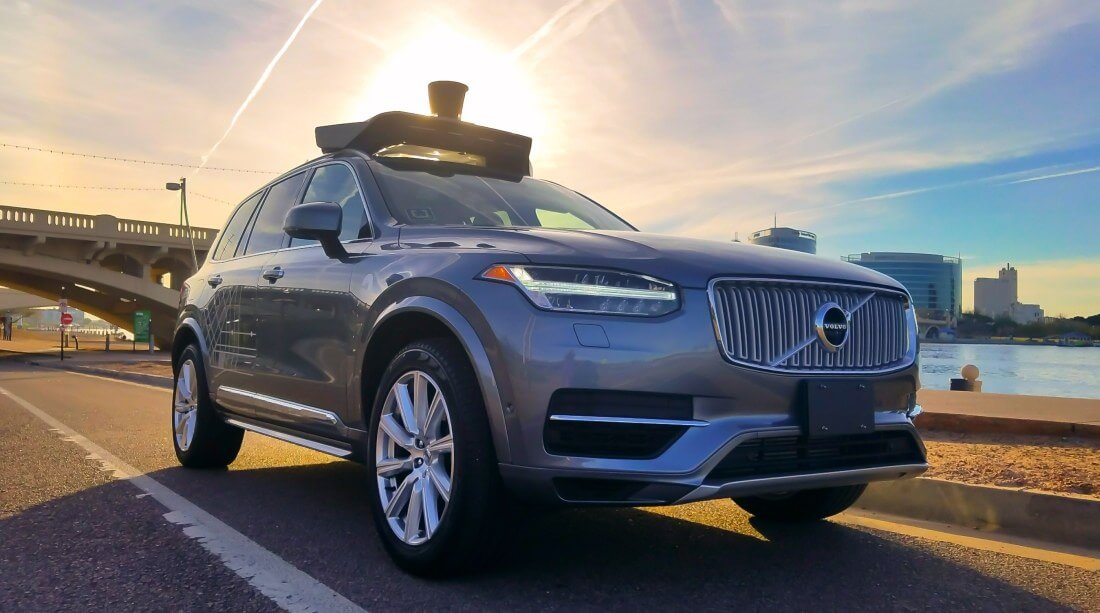Bottom line: The National Transportation Safety Board (NTSB) at a hearing this week pegged Uber's "inadequate safety culture" as a contributing factor in the March 18, 2018, collision that left a pedestrian dead. It really boils down to human error from all parties involved - Uber, the safety driver and the pedestrian - as action by any of them could have avoided the unfortunate outcome.
Specifically, the NTSB said the immediate cause of the accident was the failure of the Uber safety driver to adequately monitor the road. In a video later released by police, the safety driver can clearly be seen interacting with a personal mobile phone in the moments leading up to the crash and was obviously distracted by it.
Had the vehicle operator been more attentive, the NTSB said, she would likely have had enough time to detect the pedestrian and react according to avoid a collision or mitigate the impact.
The NTSB also noted that while Uber managers had the ability to retroactively monitor the behavior of vehicle operators, they rarely did so. Furthermore, Uber made the decision at some point to remove a second safety operator from the vehicle during automated driving tests.

Earlier reports suggested the crash may have been the result of improper sensor tuning but that appears to only be partially true. According to the NTSB, Uber's automated driving system detected the pedestrian 5.6 seconds before impact but never accurately identified the object as a person or predicted her path.
Also of paramount importance is the fact that the victim had a "high concentration of methamphetamine" in her system when she crossed the road at an area without a crosswalk. Marijuana residue was also found according to Forbes. The drug use could have altered her perception and judgement which, based on the fact that she didn't turn her head to see the vehicle approaching until the very last second, seems plausible.
Looking ahead, the NTSB is urging federal regulators to create a review process for automated test vehicles before they're allowed to operate on public roads.
